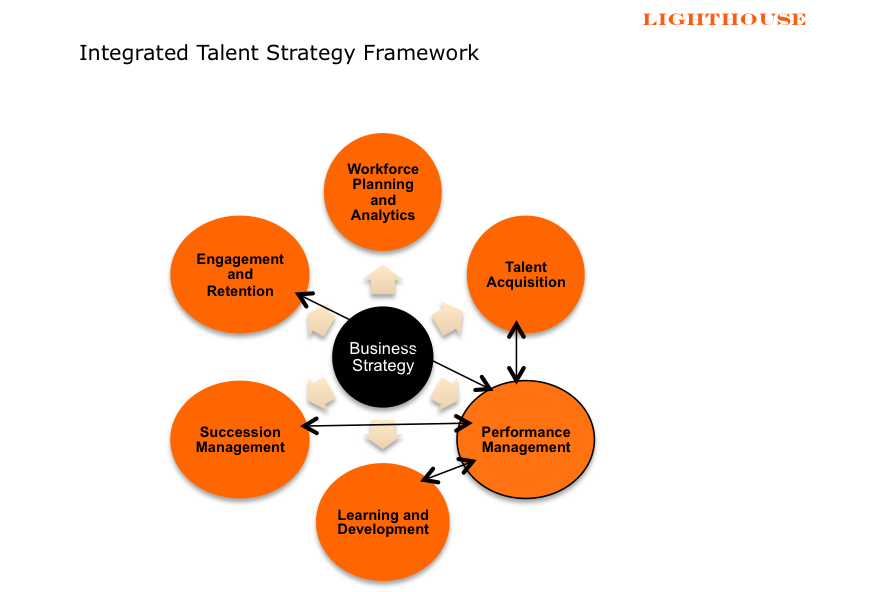In his widely acclaimed book, The Power of Habit, Charles Duhigg discusses the three-step process which historians and sociologists say enable small, social “habits” to become larger “movements”. Using the courageous stance by Rosa Parks in a crowded city bus and the ensuing, epochal rise of the civil rights movement in Montgomery, Alabama as his reference point, Duhigg cites the three steps as
1) The birth of a movement driven by the social habits of friendship and the strong ties among close acquaintances,
2) The growth of a movement caused by the habits of a community and the relationships that hold neighborhoods and clans together,
3) The endurance of a movement caused by leaders giving participants new habits that create a fresh sense of identity and a feeling of ownership.*
While the impact of an organizational transformation, to be sure, carries far less weight than the legacy of the civil rights movement, the analogy serves to explore or reinforce related approaches that can be taken in business initiatives to drive stronger buy-in and adoption and more profitable economic results.
If we think of an organizational “movement” as a successful transition to a future state, we can examine the merit of each of the three steps cited above.
- The successful birth of a business transformation depends upon the passion of the sponsoring leader, the alignment within the core project team, the commitment of a network of change champions, and the degree to which organizational risks have been assessed at the front end of the initiative. These relationships and insights are what Duhigg describes as the “strong ties” that existed within Rosa Parks’ most immediate inner circle of friends and neighbors in the days and weeks following her arrest on the bus that evening in December 1955. That local energy enabled Montgomery and Rosa Parks to become a catalyst for a civil right crusade. Similarly, change leaders must create energy and momentum in the earliest stages of a new initiative to build a critical mass of focused support.
- How many new initiatives start strong and then sputter without the necessary scale to expand the flame? Successfully growing a movement requires what Duhigg refers to as “the power of weak ties”. In the case of the Montgomery bus boycott, such ties were reflected in the society-wide action driven more by a sense of obligation to the local community and to social peer pressure than, initially, to the cause itself. Parks’ closest friends began a level of outreach to neighborhoods and communities previously less inclined to act or march. As the number of touch points with more civic groups and local friends grew and the collective decision to boycott the local buses ensued, a movement had begun to grow.* Indeed, the buy-in that business leaders seek from less influential stakeholders often creates the verve we so badly need to drive a business initiative or program forward. The intent of leadership alignment and change agent networks is to extend out to segments of the workforce less connected to the project itself, but capable of bringing “the power of weak ties” into the nucleus of the project and further propelling the transformation forward.
- The endurance of a change initiative is critical to achieving the prescribed business case and is, arguably, the most challenging step of the process. Once the black community in Montgomery had become mobilized around a one-day bus boycott, a young minister named Martin Luther King Jr. began to instill new habits onto the shoulders of the Montgomery community. These habits, or behaviors in business terms, set the stage for an ongoing, yearlong movement. While business leaders also recognize the importance of adoption and long-term cultural change, they too often turn the faucet down on role-based training, stakeholder communications, and leadership support in the later stages of an initiative. Regretfully, these are the activities and tools so critical to the rest of the journey. Whether caused by cost pressure, time constraints or leadership changes, the consequences can be painful. Old habits return, workarounds are created, conflict or confusion around new processes becomes more visible, and turnover of frustrated high performers can rise.
Statistics continue to show that the vast majority of business initiatives do not achieve ultimate success, as defined by the project’s business case for change and the behavioral and economic metrics defined around the program. While we as a nation continue to pursue the ultimate aspirations of the civil rights movement, its initial success can be viewed as a case study for business leaders driving a strategic agenda forward. The cumulative power of passionate sponsorship, engaged constituents and distributed capability can set the stage for long-term program success.
Lake Shore Associates is a woman-owned management consulting firm focused on driving change within organizations.
* The Power Of Habit, Charles Duhigg, published in 2014




